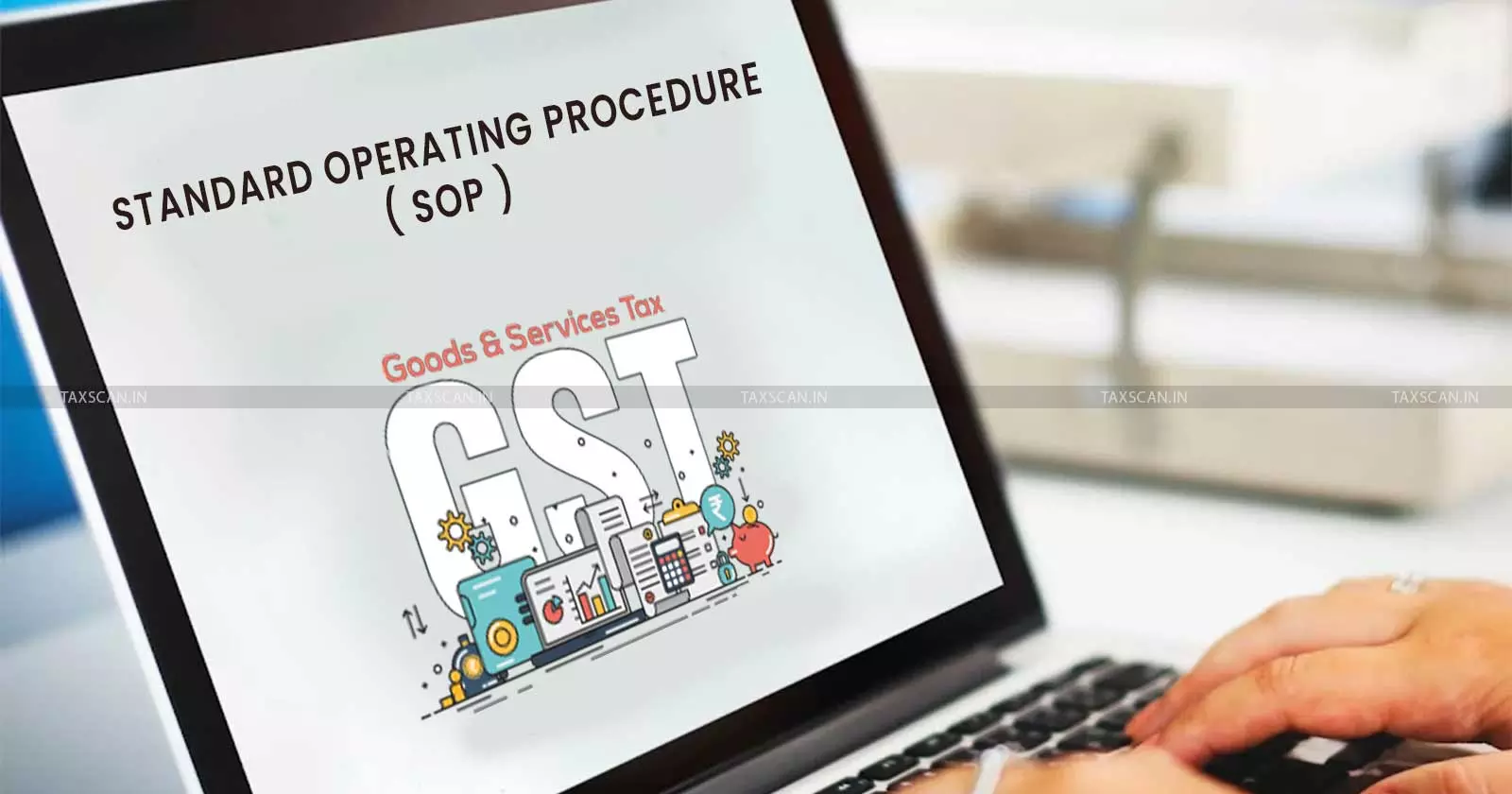Telangana Govt Notifies SOP for Rectification of Multiple Orders u/s 161 of GST Act
Telangana Govt issues SOP to correct duplicate GST orders using Section 161 of the GST Act.

SOP - GST - taxscan
SOP - GST - taxscan
The Government of Telangana, Commercial Taxes Department, issued Notification No. LIV(2)/33/2025 date Oct 14, 2025. This notification announced a new Standard Operating Procedure (SOP) to correct situations where taxpayers receive more than one GST order or notice for the same issue, same period and same taxable event under the Telangana GST Act, 2017. The Telangana High Court had recently highlighted this issue, which led to the need for this SOP.
Why the SOP Was Needed
In several cases, taxpayers were getting duplicate GST orders. For example, a business might receive one order for a tax issue for a particular month and then get another order for the exact same month and issue. This caused confusion for taxpayers and created unnecessary work for GST officers.
Use of Section 161
The department explained that Section 161 of the TGST Act allows GST officers to correct mistakes that are clearly visible on record. This section also allows correction of clerical mistakes or accidental slips. The notification states that issuing multiple orders for the same issue is an accidental mistake. Therefore such mistakes can be corrected even after six months.
Understanding Common Mode of Tax Evasion with Practical Scenarios, Click Here
How Officers Should Rectify Duplicate Orders
If an officer finds that more than one order has been issued for the same issue:
- The repeated tax portion in the later order must be removed.
- The officer should keep only the part that was not included earlier.
- A final correct tax amount must be calculated separately for SGST, CGST and IGST.
This ensures that the taxpayer receives only one proper order.
What If the Second Order Has Higher Tax
Sometimes the second or later order may show a higher tax amount than the first one. If the extra amount relates to the duplicate issue and needs to be removed, the officer must inform higher authorities. This is important because the first order may have charged less tax and this could affect government revenue. Senior officers may then take action under their revisional or appeal powers.
When Rectification Is Not Needed
The SOP clarifies that if two orders are about totally different issues, then the officer does not need to use Section 161 of the GST Act. For example, one order may be for an incorrect ITC while another is for a late fee. Only true duplication needs to be corrected.
The notification advises officers to also inform taxpayers whenever they notice duplication. This helps taxpayers understand that a correction is being made and prevents unnecessary worry or confusion.
Support our journalism by subscribing to Taxscanpremium. Follow us on Telegram for quick updates


